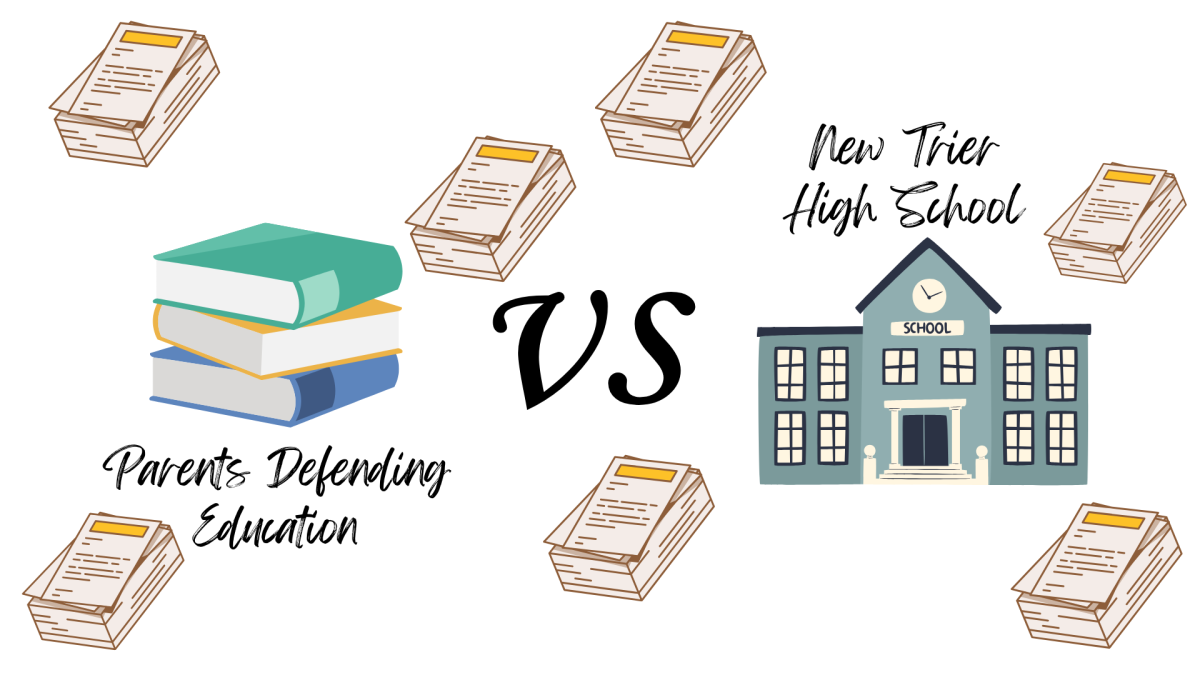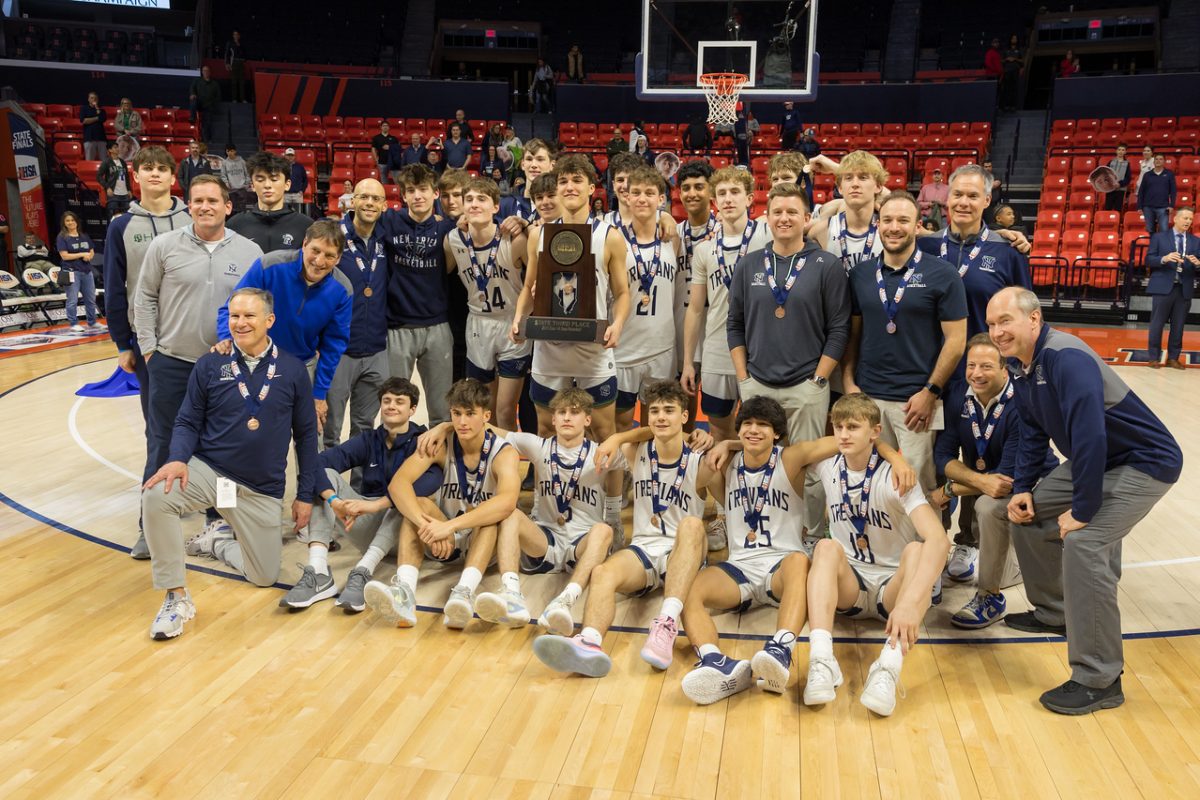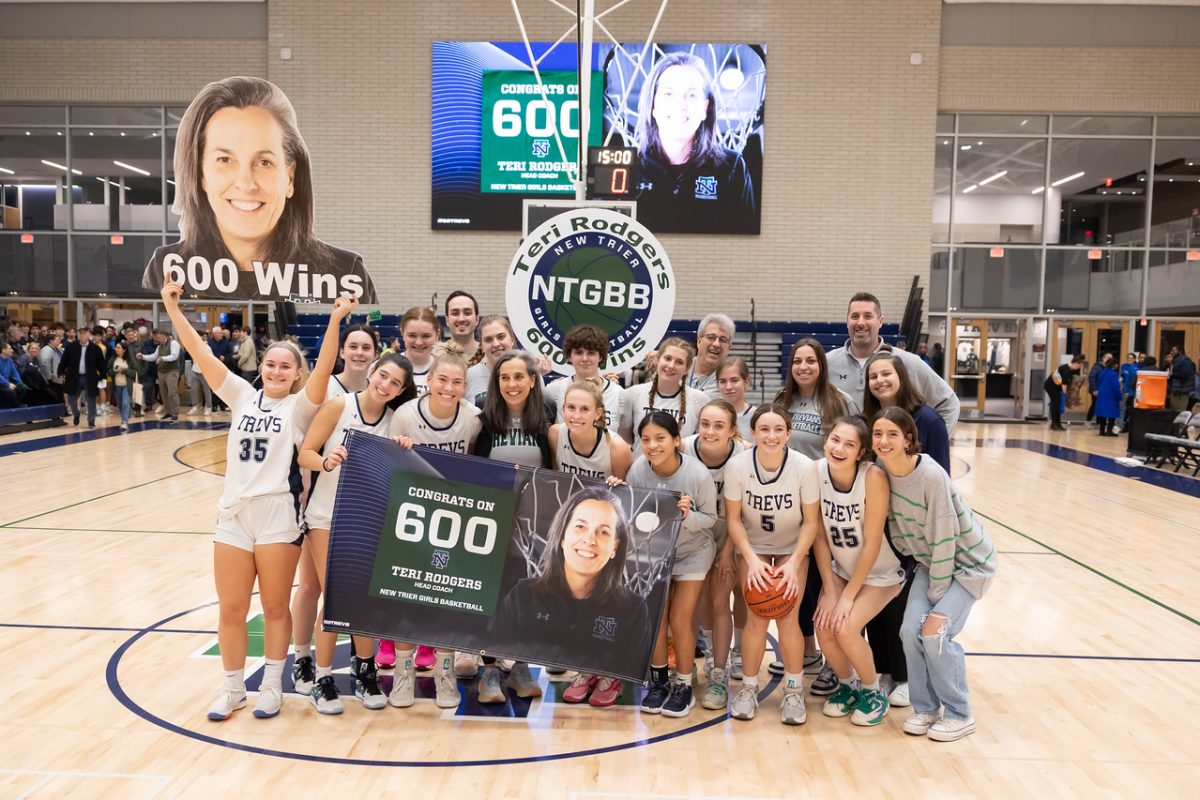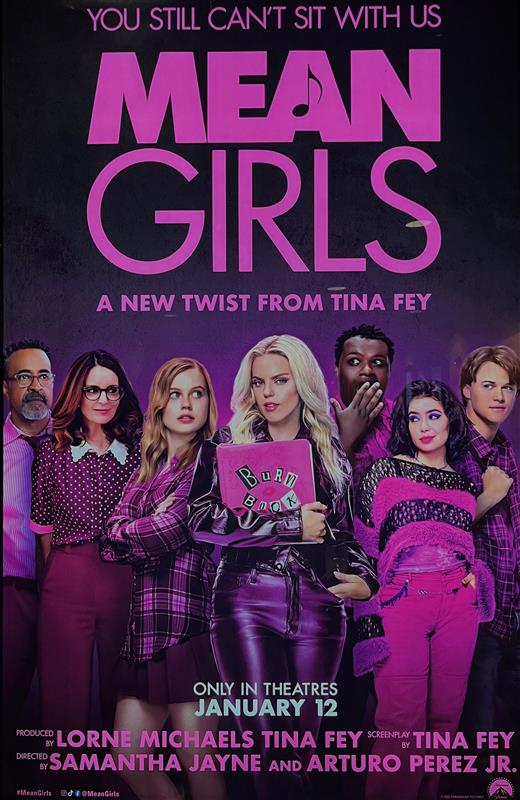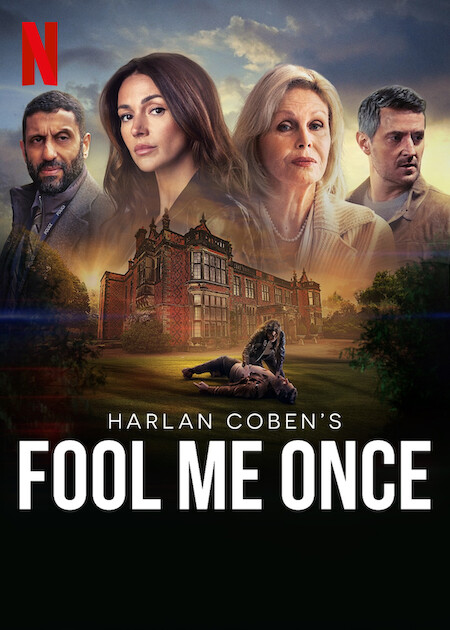“The Girl on the Train” release met with mixed reviews
Book-to-screen adaptation on track for some, derails for other viewers
November 3, 2016
If you’re searching for a thrill, a little romance, and a borderline disturbing plot, look no further than “The Girl on the Train.”
The film is based on Paula Hawkins’s popular novel that won the 2015 Goodreads Choice award in the Mystery & Thriller category.
The movie follows the life of Rachel Watson, an alcoholic who continues to stalk her divorced husband, Tom (Justin Theroux), his new wife, and young child. Rachel, played by Emily Blunt, also becomes interested in Tom’s neighbors Megan and Scott Hipwell, (Haley Bennett and Luke Evans, respectively).
Rachel watches the two couples from the train every day on her morning commute. When Megan goes missing, Rachel becomes a prime suspect due to her bizarre behavior in the aftermath of her divorce.
The lives of Tom & his family, Megan, Scott and Rachel become increasingly intertwined as authorities try to piece together the circumstances of Megan’s disappearance.
The film scored high-profile actors. Emily Blunt is well-known for her role in “The Devil Wears Prada.” Lisa Kudrow, remembered for her role as Phoebe Buffay on “Friends,” plays Tom’s boss’s wife, Martha.
Haley Bennett, who portrays Megan Hipwell, is an experienced but lesser-known actress. Though Bennett has acted in many small films, her role in “The Girl on the Train” is her first major role in a major motion picture.
Despite the names, the movie was a bust to many. Rotten Tomatoes gave the film a mere 5.4/10 rating. The critics said, “Emily Blunt’s outstanding performance isn’t enough to keep “The Girl on the Train” from sliding sluggishly into exploitative melodrama.”
Though the acting was notable, it was not enough to captivate audiences.
The book, released in 2015, gained stellar praise after its release. Amazon reviews give the novel 4/5 stars, and Goodreads and Barnes and Noble give similar reviews of 3.9/5 stars.
The book was praised for its intensity and suspense, with many readers unable to put it down. The unreliability of Rachel as the narrator provided an intriguing aspect to the book that kept readers entranced as they were continually forced to ask themselves, after hearing every detail, “What she said—is it true?”.
Due to the hype of the novel, the public had high expectations for the movie adaptation. Movie rights to the novel were bought by Dreamworks Pictures in 2014, before the novel was even released.
The action-packed drama of the book radiated the idea that Hawkins’s novel was written with the hope of clinching a movie deal—not necessarily to advance the field of literature.
The film was expected to gross a similar amount in its opening weekend to “Gone Girl,” a film released in 2014, adapted from a mystery-thriller novel that shares a similarly suspenseful and intriguing plot.
“The Girl on the Train” did not receive the widely-positive reception that “Gone Girl” did.
The film grossed $13 million less than “Gone Girl” on opening weekend, bringing in $24.5 million. Critics explain “Gone Girl’s” success could be due to its more star-studded cast. Big names such as Ben Affleck and Neil Patrick Harris starred in the blockbuster.
The movie attempted to stay as close to the plot of the book as possible, making sure all twists found in the novel were incorporated into the movie. But “The Girl on the Train” is a dense, 395 page novel.
Because the film was focused so heavily on running through the timeline of the book, deep character development and intense cinematic elements were sacrificed. Instead of elevating the book into a more dramatic and compelling version like movie adaptations should, “The Girl on the Train” simply turned into a retelling of the novel.
For this reason, the film received more positive audience reviews than ones from critics. Lovers of “The Girl on the Train” novel got exactly what they wanted—the movie screen played out exactly what their imaginations saw while reading the book. But for movie-goers who hadn’t read the novel, the lack of focus on the nuances of each character made the movie seem uninteresting and did not live up to its uber-suspenseful, edge-of-your-seat expectations.
“The Girl on the Train” was an average book-to-film adaptation. It satisfied novel readers who viewed the film, but fell short in enthralling a new audience.

